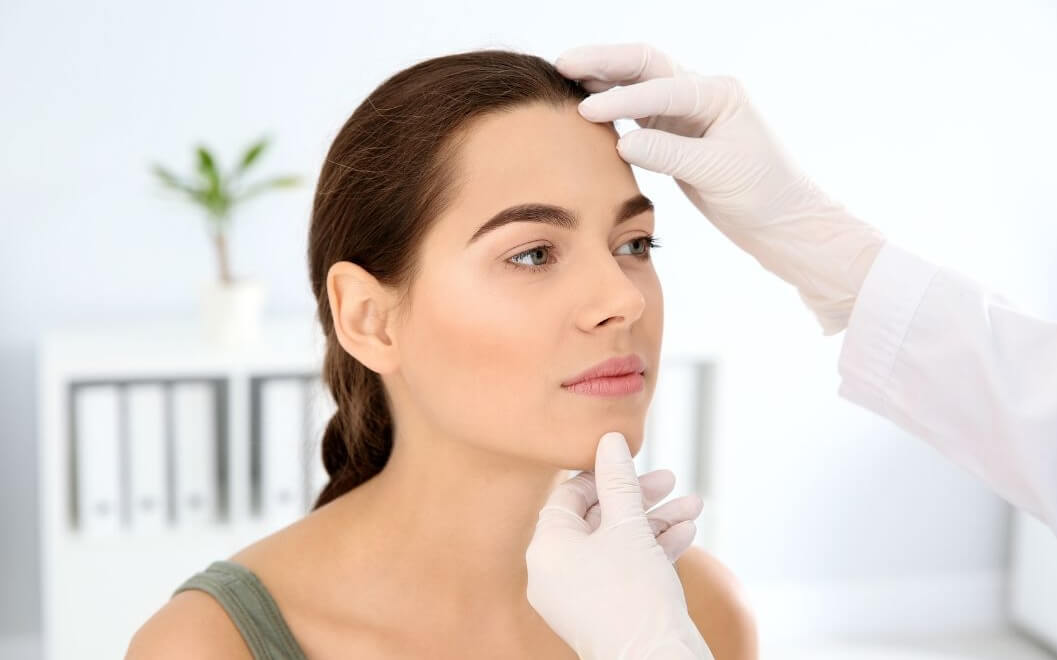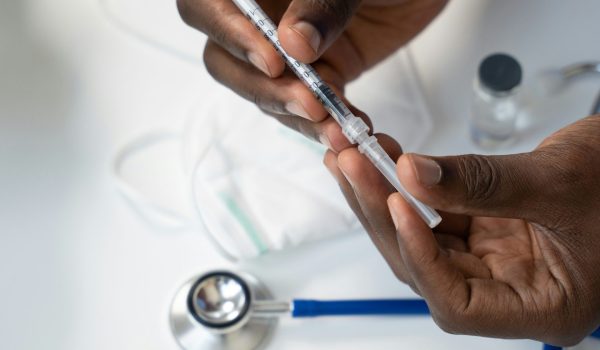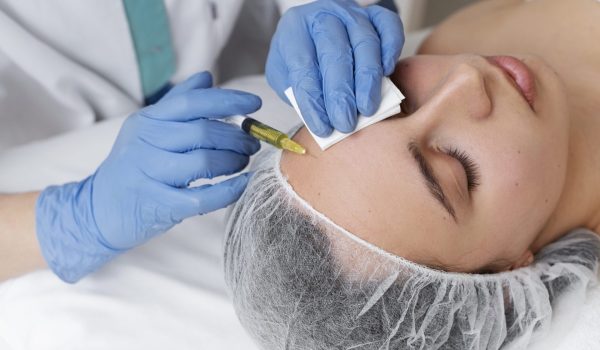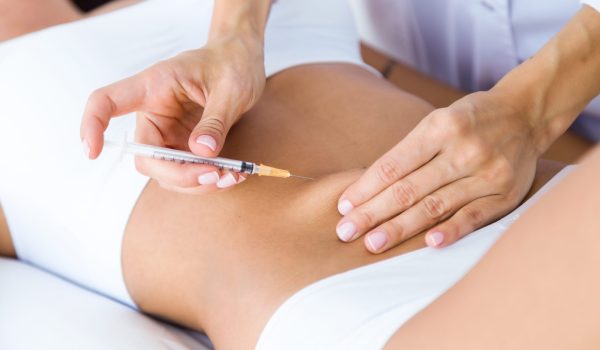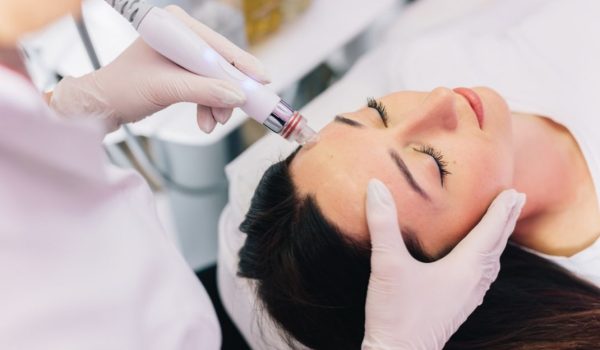6 Signs of Facial Skin Cancer to Watch Out For
-
By: Adam Diwan
-
April 4, 2024
Facial Skin cancer awareness is an aspect of maintaining overall health, particularly when it comes to facial skin cancer.
Due to its visibility and the potential complications it can cause, early detection is essential.
Understanding the key signs of facial skin cancer is needed for identifying potential issues early on and seeking appropriate medical advice.
This article highlights six signs of facial skin cancer that you should watch out for.
If you notice any of these symptoms you should consult with a healthcare professional for timely diagnosis and treatment.
1. New Spot on the Skin
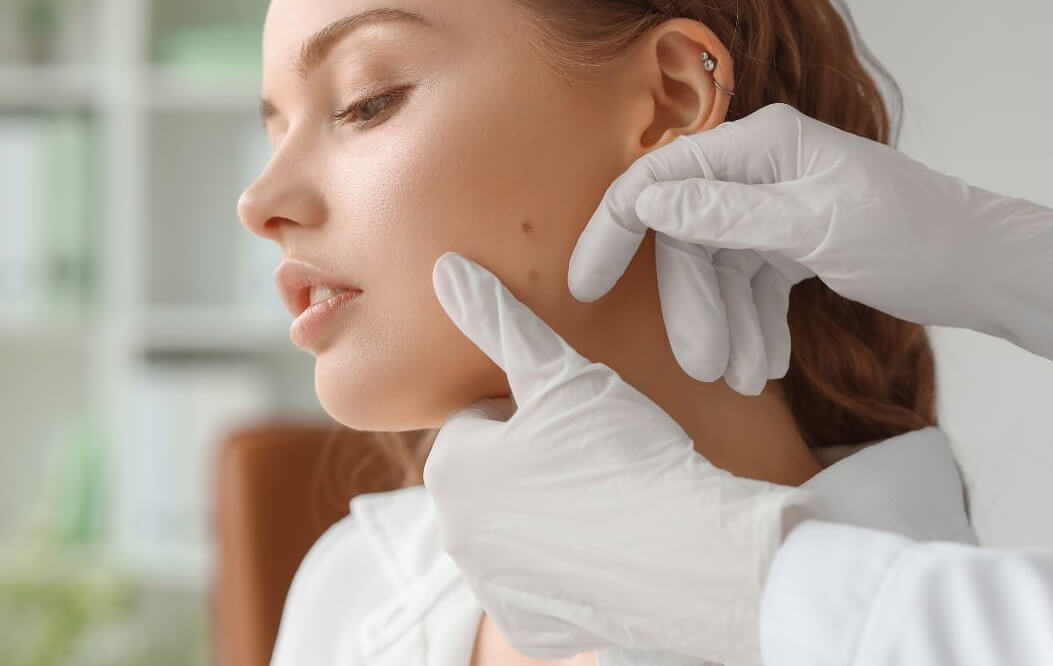
One of the earliest signs of facial skin cancer can be the appearance of new skin spots.
These spots may differ significantly from benign moles or freckles.
Key characteristics to watch for include variations in colour, size, and shape. Malignant spots often appear asymmetrical and may have uneven borders.
It’s also essential to monitor any new spots for changes over time.
Documenting their size, colour, and texture can help you and your healthcare provider track any developments that may indicate a problem.
When observing new spots, look for those that stand out as different from other moles or freckles you have.
For instance, a new spot that is dark in colour, larger than a pencil eraser, or has multiple colours should be examined by a dermatologist.
Regular skin checks are a proactive way to detect any changes early, especially if you have a higher risk of skin cancer.
2. Non-Healing Sore
When identifying skin cancer, a non-healing sore is another significant sign of potential symptoms.
These sores can appear anywhere on the face, but they are most commonly found in areas that receive frequent sun exposure, such as the nose, cheeks, and forehead.
A sore that does not heal within a few weeks, or one that heals and then reopens, should be examined by a healthcare professional.
Non-healing sores may be indicative of basal cell carcinoma, the most common form of skin cancer, which often appears as a persistent sore or a scab that bleeds and does not heal.
Other types of skin cancer, such as squamous cell carcinoma, can also present as non-healing sores.
These might look like red, scaly patches that bleed easily.
If you notice a sore that seems to resist healing despite using topical treatments, it needs to be checked by a doctor.
Persistent sores, especially those that cause discomfort or bleeding, should not be ignored, as they could potentially be skin cancer symptoms.
3. Wart-Like Growth
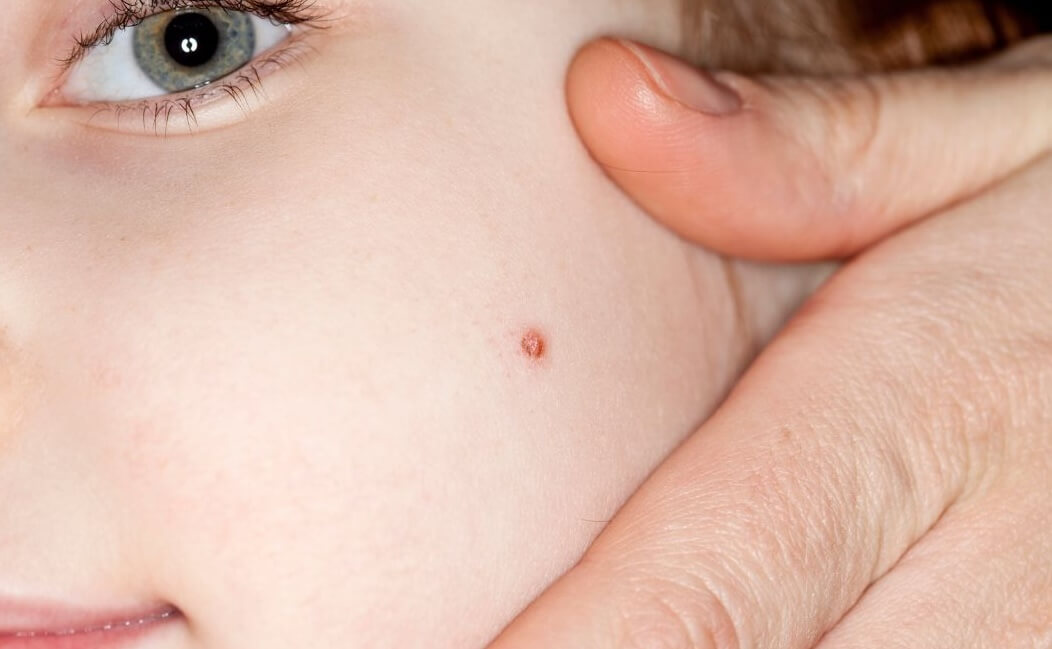
Wart-like growths on the face can be a sign of skin cancer, particularly if they change in size, colour, or texture over time.
Unlike common warts, which are generally harmless, these growths can indicate a type of skin cancer known as squamous cell carcinoma.
This form of cancer often presents as a rough, scaly patch or a wart-like growth that may be tender to the touch.
There is a need to distinguish between benign warts and potentially malignant growths, as the latter requires prompt medical attention.
Changes to watch for in wart-like growths include bleeding, rapid increase in size, or the development of multiple colours within the growth.
Squamous cell carcinoma can be aggressive, and early intervention can prevent further complications.
If you notice any suspicious growths that resemble warts but don’t respond to typical wart treatments, it’s advisable to seek a professional evaluation.
4. Irregular Borders
Irregular borders on moles or spots are a red flag for skin cancer. Unlike benign moles, which typically have smooth, even borders, malignant spots often have jagged or notched edges.
These irregular borders can be an early indication of melanoma, the most dangerous form of skin cancer.
Performing regular self-examinations and comparing the borders of your moles to previous photographs can help you detect any suspicious changes.
When examining your skin, use the “ABCDE” rule for melanoma detection: Asymmetry, Border irregularity, Colour variation, Diameter greater than 6mm, and Evolving shape or size.
If you notice any moles that match these criteria, it’s critical to have them evaluated by a dermatologist.
Melanoma can spread quickly, making early detection and treatment essential.
For further details on sun damage and its effects, you can refer to our sun damage article.
5. Itching or Pain

Persistent itching or pain in a spot on your face can be an early sign of skin cancer.
While many skin conditions can cause itching or discomfort, cancerous spots often remain itchy or painful despite treatment.
If you experience persistent itching or pain that does not resolve with over-the-counter treatments you should seek medical advice.
Dermatologists emphasise that any new symptom, including itching or pain, that persists for more than a few weeks should be evaluated by a professional.
Skin cancers can sometimes be mistaken for benign conditions like eczema or psoriasis, which also cause itching and irritation.
However, cancerous lesions tend to be persistent and resistant to typical treatments.
Quotes from dermatologists often highlight the importance of paying attention to new, unexplained skin symptoms and seeking professional advice if they persist.
6. Texture Changes
Skin texture changes, such as the development of rough, scaly, or smooth patches, can be indicative of skin cancer.
These texture changes may be subtle at first but can become more pronounced over time. Basal cell carcinoma often presents as a waxy or pearly bump, while squamous cell carcinoma can appear as a rough, scaly patch.
Noticing and tracking these texture changes is essential for early detection.
If you observe any unusual texture changes, schedule a professional skin examination to assess the cause.
Texture changes can sometimes be felt before they are visible.
Running your fingers over your skin during self-examinations can help detect rough or scaly patches that might be concerning.
Keeping a diary of any new or changing textures can also be useful during consultations with your healthcare provider, as it provides a record of changes over time.
Monitoring changes in your skin is needed for the early detection of facial skin cancer.
Regular self-examinations and professional check-ups can make a significant difference in the effectiveness of treatment.
If you notice any new spots, non-healing sores, wart-like growths, irregular borders, persistent itching or pain, or texture changes, seek medical advice promptly.
Early detection is key to effective treatment and better outcomes.
For more resources and support, visit the contact us page or explore our range of skincare products.
Related Posts
-
By: Adam Diwan
-
September 23, 2024
How to Start an Aesthetics Business
-
By: Adam Diwan
-
September 23, 2024
Top 5 Fat-Dissolving Products to Use in Your Clinic
-
By: Adam Diwan
-
July 23, 2024
Top 10 Vitamin Injections for Health and Beauty
-
By: Adam Diwan
-
July 2, 2024
How to Switch from Saxenda to Mounjaro
-
By: Adam Diwan
-
June 25, 2024
Mesotherapy vs Microneedling: A Side Effect Guide
-
By: Adam Diwan
-
June 18, 2024

